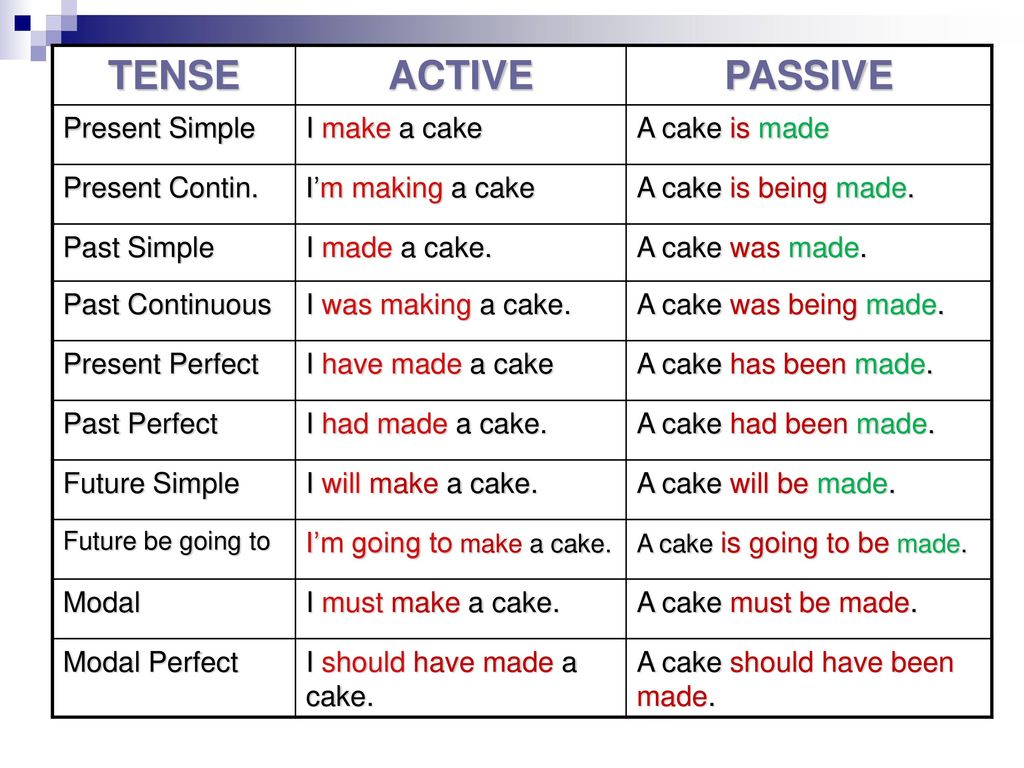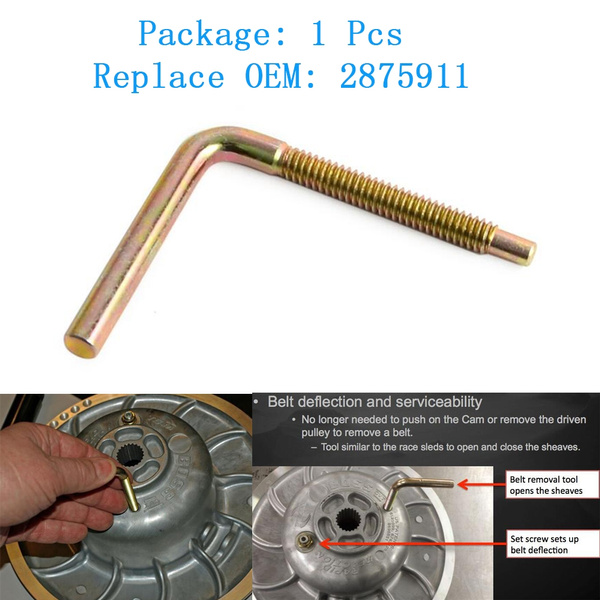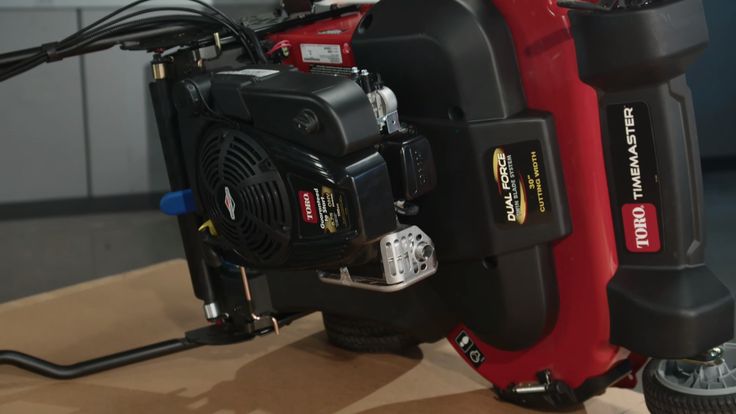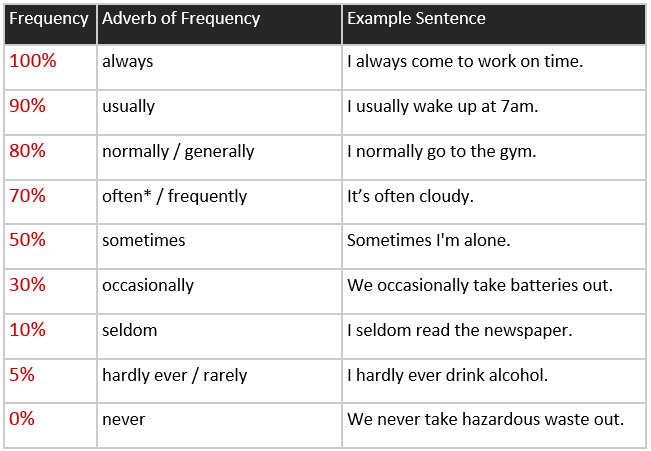Did you know that in 2020 there were 56,789 new ATVs sold in Canada? With a growing number of people wanting to experience adventures in off-road terrain, the number of broken ATV belts has also increased.
A broken ATV belt is a common issue that affects most ATV drivers. It can be frustrating and even dangerous which is why knowing how to prevent the damage is vital.
Let us take a closer look at ATVs, their belts, and how to prevent this common issue.
An ATV belt is a Continuously Variable Transmission, or CVT, drive belt. On any four wheeler, the drive belt transfers power from the engine and directly affects your ATV's performance.
A CVT belt is a type of V belt. This means that the side of the belt is what will be doing most of the work, like treads on a tire do. The faces of the sheaves provide traction, which is why the angle of the belt's sides much be compatible with the faces of the CVT.
There are different types of ATVs and each one can have more or fewer vulnerabilities in its belt and clutch system. Let us look at some of the options.
These four wheelers are made for speed. They have powerful engines, excellent handling, and long-travel suspension, all on a light frame. They are built for swerving and sliding, allowing you to handle any kind of terrain.
Utility ATVs, also called UTVs, are made for the working man or woman. They range from 800cc to over 1,000cc in engine size, making them a perfect machine for towing and managing cargo. UTVs do very well in farm settings.
These ATVs are comparable to a golf cart in size but they have the same power as a sport ATV. Their engine is even more powerful since they are designed to carry cargo as well as passengers. Recreational ATVs also have the best travel suspension of all of the options.
A youth ATV has an automatic transmission so that younger people do not have to worry about gear shifts. They tend to not have much travel suspension and can only handle about 100 pounds of weight.
They tend to not have much travel suspension and can only handle about 100 pounds of weight.
If you do minimum upkeep and have a branded belt, you can expect it to last a substantial amount of time. In the best conditions, belts can last between 3000 to 5000 miles.
If you ride on the weekends for fun, you will want to replace the belt every three years. If you ride for more than 8 hours a week, however, you will need to change the belt every year.
If you are an ATV racer, you want to check the belt after two or three races.
The belt and clutch system have to manage a few things at the same time. It has to transmit the power the engine creates through the belt. The clutch grips the sides of the belt and squeezes to accelerate the ATV and all of the weight it is carrying. While that is happening, the belt is also rotating quickly to spin the secondary clutch.
At the same time, the belt has to shift up and down in both clutches to handle changes in load. The belt manages to do all of this in temperatures that range from minus 30 degrees to 200 degrees.
The belt manages to do all of this in temperatures that range from minus 30 degrees to 200 degrees.
There are many reasons why your ATV belt may fail. Let us dive deeper into the most common causes of failure.
This is perhaps the most common reason ATV belts fail but it is also one of the easiest to fix.
Aggressive engagement RPM can cause tensile cord breaks, which means the belt is torn in two. Most of the best quality drive belts are reinforced with aramid or carbon cords, but you still want to be cautious in your throttle applications.
Repeated shock-loading or excessive belt speed can cause the belt to break into many small pieces, and if you leave the ATV idling for long periods of time or use wide-open throttles, you can cause what is known as hour-glassing. It means uneven wear on the belt.
Not taking care of the drive belt is something that can cause a world of trouble. One of the most common issues you may see is "chunk-out".
One of the most common issues you may see is "chunk-out".
This happens when a belt is not installed properly, causing it to fracture. Some of its ribs can fall out and force you to have to replace the entire thing.
If you see cracks between the belt's cogs, this can mean the belt is too old or that it was bent in cold weather. If you see cords appearing on the edges of the belt, this can also mean it was not installed correctly.
If your clutch is not aligned correctly or if it is not tuned correctly, it can cause belt disintegration. Remember that if you have made changes to your ATV like adding weight, changing tire style or size, you need to re-align the clutch.
If you see that your ATV has lost some of its performance speed and power, this can be a sign you need to replace the belt. If you smell rubber burning, then that, too, can be a sign that the belt is heating and not cooling as it should be.
Check the clutch sheaves. If there is a sort of black haze on them, this is belt residue from slippage and you need to address the issue. You may also notice that the ATV is not starting smoothly but instead jerking about.
You want to minimize the bad driving habits that can impact the belt negatively. Avoid leaving the ATV idling or in gear for a long period of time and make sure your gear ratio selection is the right one. The best thing you can do is place the transmission in neutral.
Be sure to align the clutch, especially if you have made changes to the ATV in weight or tire size. You also want to maintain the belt, making sure not to bend it or pry it as you install it and be sure to have a spare with you in case of emergencies.
Never twist the belt to try to store it!
By paying attention to your ATV belt, you can enjoy the off-trail rides you want.
Contact us now to learn more about ATV belts or to find the perfect ATV for your needs.
Good quality belts in an ATV will enhance the performance of the ATV. No matter what your riding style is and where your ride, if you follow the owner’s manual, use low gears in low speed situations and not using putting your ATV on gear while idle will ensure a longer belt life. In this article, we’ll look at how long does ATV belts last, signs that indicate belt replacement and what type of belts to use in your ATVs.
Contents
Generally, branded ATV belts last for a long time, if you follow the riding guidelines mentioned in the owner manual properly. If maintained properly, belts can last between 3000-5000 miles.
When do you need to replace your ATV belts?If you ride only on the weekends for fun, it is recommended to replace the belt once in 3 years. For people who clock more than 8-10 hours per week, they need to get their belts changed every year. And if you are professional ATV racer, then it is highly important that you keep a constant eye on the belts and change it after 2-3 races.
And if you are professional ATV racer, then it is highly important that you keep a constant eye on the belts and change it after 2-3 races.
Apart from preventive maintenance, there are factors that need to be considered to replace the ATV belts. When you notice belt slippage, then it is time to replace your belts immediately. At times, you can see the top of the belts eroded, that could be due to the constant wear of the belts. This also indicates a belt replacement, or it can largely affect your horsepower to a great extent. Even leaking oil and other contaminations can reduce the life of an ATV belt.
How to increase the lifespan of an ATV belt?One of the common mistakes that rider do that will decrease the lifespan of the belts to a great extent is letting the ATV in gear while it is idle. It is not a big issue, if you are stopping for a minute, when your ATV is idle for a long time and also in gear, it means the belt is not moving but the clutch is spinning on the belt. It creates a lot of friction and heat on the belt and will drastically reduce the performance of the belt. It is always better to put your ATV in neutral, even while you are stopping for a short time.
It creates a lot of friction and heat on the belt and will drastically reduce the performance of the belt. It is always better to put your ATV in neutral, even while you are stopping for a short time.
Another problem with riders, especially people using the ATV for the first time, unknowingly use higher gears on low speeds that will cause a lot of load on the belts. When you are climbing up a hill in a higher gear, it means you are transferring heavy load on the gears and will eventually burn the belts.
Frequently Asked QuestionsQ: Which is the best ATV belt? Aftermarket or OE?
A: Belts recommended by the manufacturer are specially designed for casual and recreational riders. They are not generally preferred for high-performance or aggressive riders. Aftermarket belts are specially tested in tough conditions and withstand the wear and tear to a great extent.
Q: What is the function of a belt in an ATV
A: The major role of an ATV belt is to transfer the power generated from the engine to the transmission.
CVT transmission is a good compromise between automatic and mechanical. It is not as expensive and difficult to repair as an automatic, and does not require as much driver attention as a mechanic. Therefore, all CFMOTO ATVs are equipped with CVTs from the Canadian company CVTech. This is a world-famous manufacturer that develops CVT systems specifically for ATVs.
In this article, we'll take a look at the variator mechanism and tell you what to pay attention to in maintenance and care to reduce wear on parts.
The device of the variator on the example of CFMOTO X4: 1 - drive pulley, 2 - bolt, 3 - driven th pulley, 4 - belt, 5 - washer, 6 - weight block, 7 - weight, 8 - slider.
The CVT adjusts the ATV's speed based on the engine RPM. It consists of two parallel pulleys with movable conical disks or jaws.
The crankshaft rotates the drive pulley, and from it the torque is transmitted to the driven pulley using a toothed belt. The higher the number of revolutions, the stronger the effect of centrifugal force. The discs of the drive pulley come together, pushing the belt to a larger radius. At the driven shaft, the disks converge, compress the spring, and the belt goes to the center between them, thereby smoothly changing the gear ratio. The spring is responsible for ensuring that the belt is always tensioned. As the RPMs increase, the belt tightens proportionately to keep it from slipping.
The higher the number of revolutions, the stronger the effect of centrifugal force. The discs of the drive pulley come together, pushing the belt to a larger radius. At the driven shaft, the disks converge, compress the spring, and the belt goes to the center between them, thereby smoothly changing the gear ratio. The spring is responsible for ensuring that the belt is always tensioned. As the RPMs increase, the belt tightens proportionately to keep it from slipping.
The variator has a drawback: it is necessary to monitor the cleanliness of the mechanisms and the condition of the belt. If the ATV often has to ride through deep and muddy puddles, do not be lazy to periodically open the variator cover and inspect the mechanism.
Sand and clay trapped inside interfere with the operation of the variator and accelerate the wear of its elements. Most often, the situation can be corrected - just rinse the mechanism with water from a hose after a trip. If the clay is dry, you need to completely disassemble the mechanism, remove the pulleys and clean it.
If the clay is dry, you need to completely disassemble the mechanism, remove the pulleys and clean it.
https://youtu.be/k0_c191KfBY?t=240
The wear of a toothed V-belt is an irreversible process: it is the same consumable item as pads or an oil filter. With careful operation, the ATV belt is able to run from 4 to 8 thousand kilometers.
The belt must be replaced if:
Changing the belt is easy. In some versions of the design, you need to remove the pulleys, others just screw a long bolt into the driven pulley - its sides will disperse and release the belt.
To make the variator last longer, CFMOTO experts recommend using original belts from Mitsuboshi belting ltd. This Japanese manufacturer produces high quality drive belts with an extended service life - such belts will not tear into rags after 1000 km of run.
The variator should be checked before every long trip. This is a simple procedure, and it is easier to carry out in the garage than during a trip.
You can buy original consumables, undergo maintenance or repair an ATV in the showroom of an official CFMOTO dealer in your city.
Addresses of official dealers CFMOTO
Replacing the drive belt on an all-terrain vehicle
text and photo: Mikhail Pimus
Despite the fact that modern ATVs have long crossed the very tractor that jeepers regularly follow, immobilizing them is still quite simple. The “narrowest” place is the variator belt. About him and will be discussed.
Whether you own a rare-earth all-terrain vehicle with a full-fledged torque converter “automatic” or own a sports rear-wheel drive “quad” with a manual transmission, feel free to scroll on. However, if you are like 90% of Russian ATVs, you are dealing with a CVT transmission - do not miss the most valuable information.
However, if you are like 90% of Russian ATVs, you are dealing with a CVT transmission - do not miss the most valuable information.
We will talk about the life cycle of the variator belt, its quick replacement in the field and the choice of a belt to replace the standard one installed by the manufacturer during assembly at the factory.
So, you bought an all-terrain vehicle with a CVT transmission and firmly believe in its impossibility to stand a stake without movement in the midst of rides. In vain! Even the most passable ATV is easy to immobilize for a long time. It will take water, inept tuning, savings on quality of service, deep, viscous mud, or all factors at once. With drowning in general, it is understandable. You should not climb where a boat is needed. With mud, the situation is more complicated ... The belt most often breaks from overheating when slipping on the pulleys. As a special case, pulleys already pulled up (and duralumin easily loses integrity from high temperatures) from past slippages, like the teeth of a big dog, with steps or burrs on the surface, break the dense reinforced belt structure even when driving on a flat primer.
There are plenty of cases when the owner of an ATV suffers, changing 2-3 belts per 500 km of track. Poti is always to blame for the pulleys, which in the next world have long been put on absenteeism. Accordingly, morality - there should be no water and dirt in the variator, belt slippage too. Slip, as a rule, appears when the wheels do not have the opportunity to turn. The all-terrain vehicle is sitting in very viscous mud up to the very snorkel, or the tread has rested against a fixed obstacle, or the owner has set the parking brake well, but forgot to turn it off in time. If the wheels are stuck so that the engine cannot turn them, the torque finds a weak point. It is the variator belt. In more rare cases, axle shafts and driveshaft. Therefore, the most insidious sections on the way should be passed in a small move. No need to rest against a fallen tree and skid in front of it for a long time!
A separate story - tuning. There are three most juicy scenarios. First: I installed a snorkel that was insufficient in performance, the variator overheated due to lack of cooling, and the belt broke. Second: I installed huge wheels the size of the sky, three times heavier than the standard ones, overloaded the drive, then the transmission, broke both the belt and the axle shaft. The moral is that it will not work to deceive engineers without deep intervention in the design and serious financial costs. Third: bought a dubious nameless belt at an interesting price, broke the belt before he even got to the off-road.
There are three most juicy scenarios. First: I installed a snorkel that was insufficient in performance, the variator overheated due to lack of cooling, and the belt broke. Second: I installed huge wheels the size of the sky, three times heavier than the standard ones, overloaded the drive, then the transmission, broke both the belt and the axle shaft. The moral is that it will not work to deceive engineers without deep intervention in the design and serious financial costs. Third: bought a dubious nameless belt at an interesting price, broke the belt before he even got to the off-road.
Of course, no one canceled timely service. On average, according to the regulations (each ATV has its own numbers), the belt should be inspected for critical wear every 1500–2000 km. After the failure of the original belt, one should be puzzled by the selection of a new factory or “non-original” comparable in quality. It will be useful to always carry one belt with you in reserve. As an alternative to factory belts, Dayco products have proven themselves (photo 1). This is the belt we use in our example. Reinforced ATV belts Dayco XTX series (Xtreme Torque) are designed specifically for use in extreme conditions. Perfectly suited for large-capacity engines of modern ATVs. The belts are manufactured using a high temperature polymer, which ensures their efficient operation over the entire range of operating [O1] temperatures. The special design of the XTX belt - with deeper teeth on the outside and rounded teeth on the inside - gives the product extra flexibility and durability.
As an alternative to factory belts, Dayco products have proven themselves (photo 1). This is the belt we use in our example. Reinforced ATV belts Dayco XTX series (Xtreme Torque) are designed specifically for use in extreme conditions. Perfectly suited for large-capacity engines of modern ATVs. The belts are manufactured using a high temperature polymer, which ensures their efficient operation over the entire range of operating [O1] temperatures. The special design of the XTX belt - with deeper teeth on the outside and rounded teeth on the inside - gives the product extra flexibility and durability.
If you plan to drive your ATV far from its base and practice an aggressive riding style, you should once and for all memorize the procedure for changing the CVT belt in the field and always have the necessary tools with you for this case (photo 2).
The technical documentation for each specific ATV describes the procedure in some detail. In general terms, it looks like this. We turn off the engine, let it cool down a bit. We remove the casing of the variator (photo 3). If behind him is a vinaigrette made from withered grass, reeds, fine dust from frogs and, possibly, medicinal ones from the nearest swamp, then things take a different turn. All pollution will have to be thoroughly cleaned, while thinking about what other components and assemblies could affect the rides with elements of scuba diving and storming the swamp in all known directions. Next, you should unclench one of the pulleys (usually the rear one) and thus release the belt. In the case of BRP-shaped motors, the pulley is unclenched by screwing a bolt into the outer cheek of the rear pulley. Specifically, for the Cectek Gladiator 550, an M10 bolt with a thread pitch of 1.5 and a threaded length of 55 mm was required (photo 4). Worn belt to the side. Or, if he is not yet dying, to the side in reserve. Replacing the belt, compress the pulley and assemble in the reverse order.
In general terms, it looks like this. We turn off the engine, let it cool down a bit. We remove the casing of the variator (photo 3). If behind him is a vinaigrette made from withered grass, reeds, fine dust from frogs and, possibly, medicinal ones from the nearest swamp, then things take a different turn. All pollution will have to be thoroughly cleaned, while thinking about what other components and assemblies could affect the rides with elements of scuba diving and storming the swamp in all known directions. Next, you should unclench one of the pulleys (usually the rear one) and thus release the belt. In the case of BRP-shaped motors, the pulley is unclenched by screwing a bolt into the outer cheek of the rear pulley. Specifically, for the Cectek Gladiator 550, an M10 bolt with a thread pitch of 1.5 and a threaded length of 55 mm was required (photo 4). Worn belt to the side. Or, if he is not yet dying, to the side in reserve. Replacing the belt, compress the pulley and assemble in the reverse order.